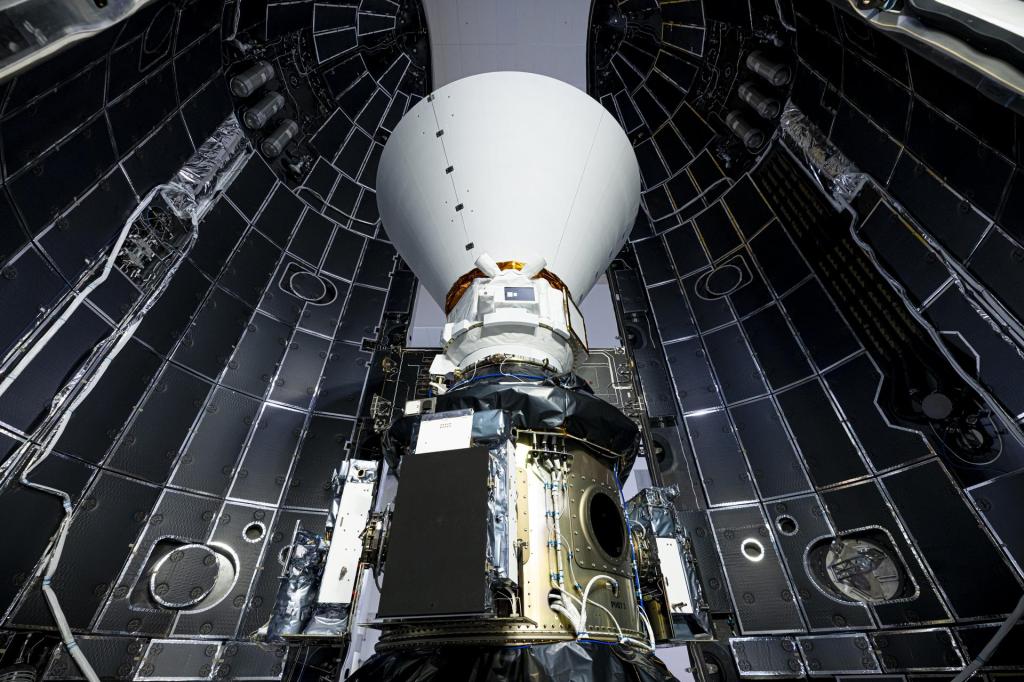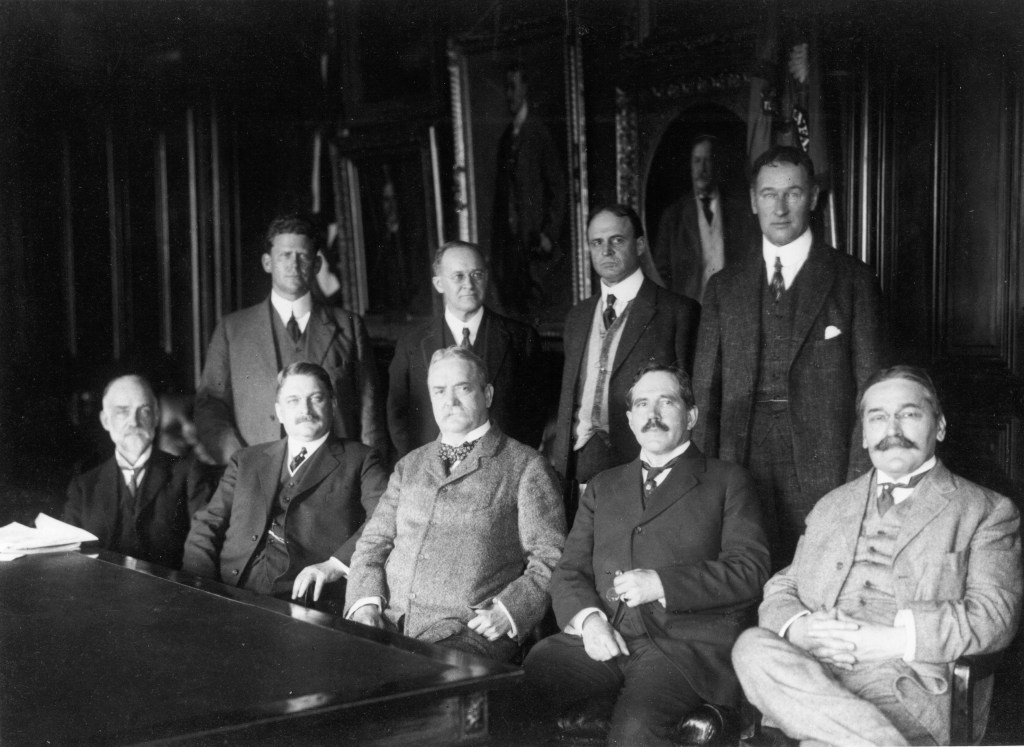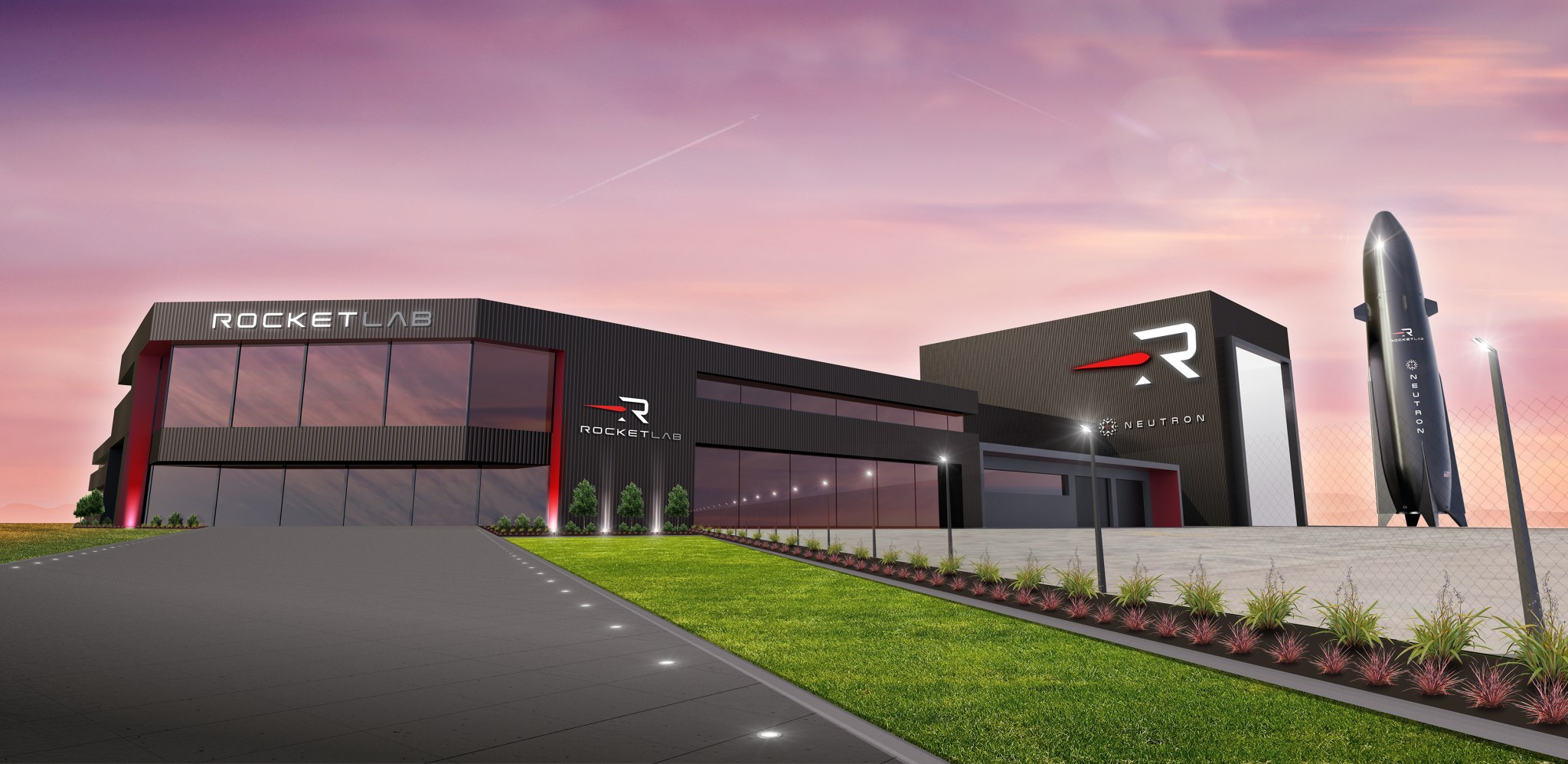NASA’s Wallops Flight Facility in Virginia was selected by Rocket Lab as the home for its new Neutron rocket’s first launch pad and production facility, further supporting the growth of commercial space capabilities in Virginia.
The Neutron Production Complex will include a rocket production, assembly, and integration facility just outside the NASA gate to Wallops Island. The dedicated launch pad will be located on the south end of Wallops Island.
“NASA’s only owned and operated launch range at Wallops Flight Facility supports small- and medium-class orbital rocket launches, which are key contributors to a growing space economy,” said Wallops Director David Pierce. “The high-tech jobs created by this move are vital for the Wallops region, and I’m excited we’re bringing more of the agency’s expertise to Rocket Lab, Virginia Space, and all our partners on the Eastern Shore.”
Rocket Lab has targeted the first Neutron medium class orbital rocket launch for no earlier than 2024.
“We congratulate the Commonwealth of Virginia, Virginia Space and Accomack County working with Rocket Lab to bring this next chapter of commercial space operations to Wallops,” said Pierce. “We welcome Rocket Lab’s expansion on the Shore and look forward to working with them in bringing this new launch capability to reality.”
Wallops is a multi-user/multi-tenant facility in a geographic location ideal for supporting satellite tracking and commanding, military operations and training, scientific investigations, technology development and testing, as well as commercial aerospace. The facility’s diverse mission sets and on-site partners, including the U.S. Navy, National Oceanic and Atmospheric Administration, the United States Coast Guard, and Virginia Space’s Mid-Atlantic Regional Spaceport, are a model for leveraging and optimizing multi-organizational capabilities and support services.
A robust and competitive low-Earth orbit economy is vital to continued progress in space. The United States is committed to encouraging and facilitating the growth of the U.S. commercial space sector that supports America’s needs, is globally competitive, and advances U.S. leadership in the next generation of new markets and innovation-driven entrepreneurship. NASA has developed a long-term vision to achieve this goal where, one day, NASA will become one of many customers in low-Earth orbit. This plan builds on, uses the capabilities of, and applies the lessons learned from decades of work and experience with commercial companies.
Keith Koehler
NASA’s Wallops Flight Facility, Virginia




























